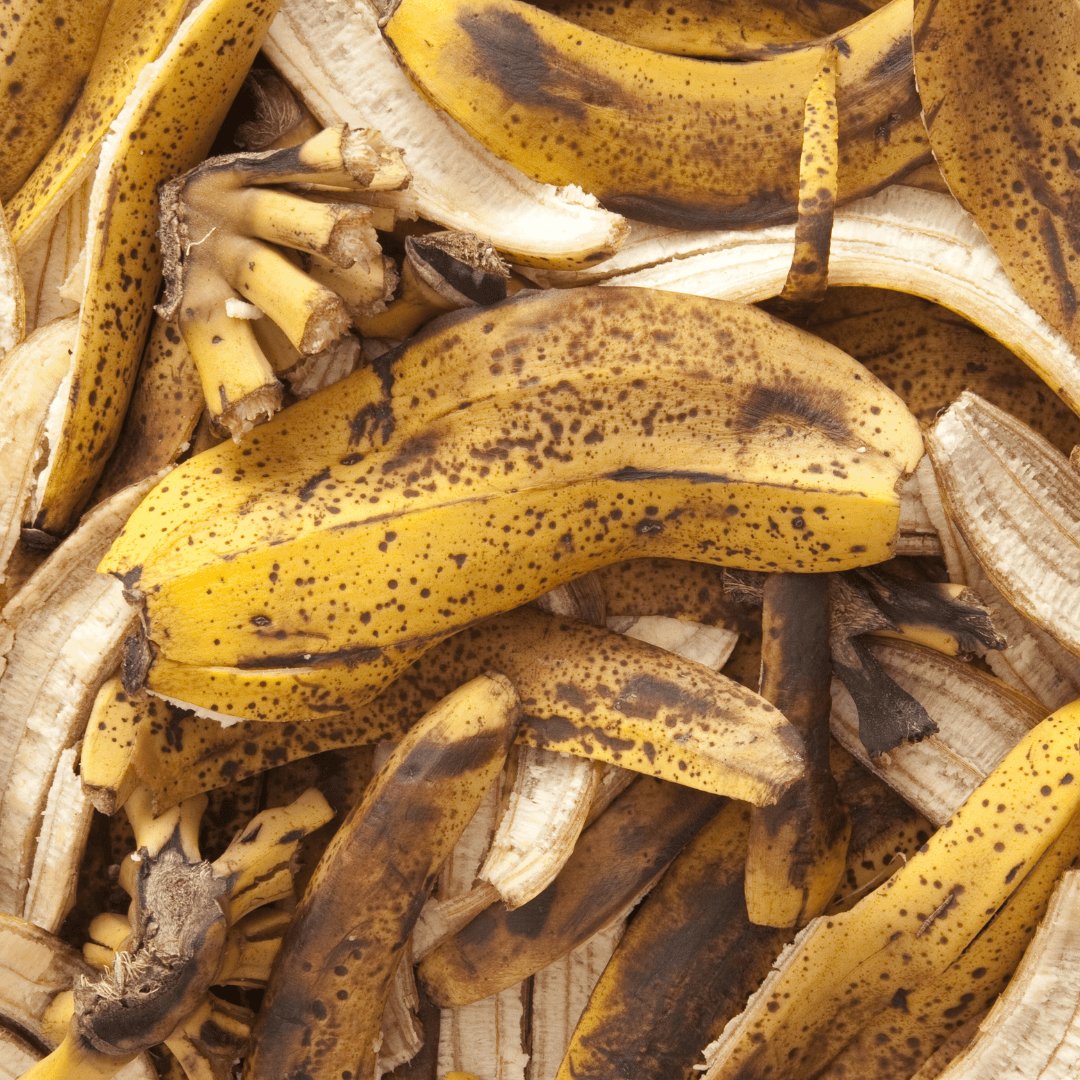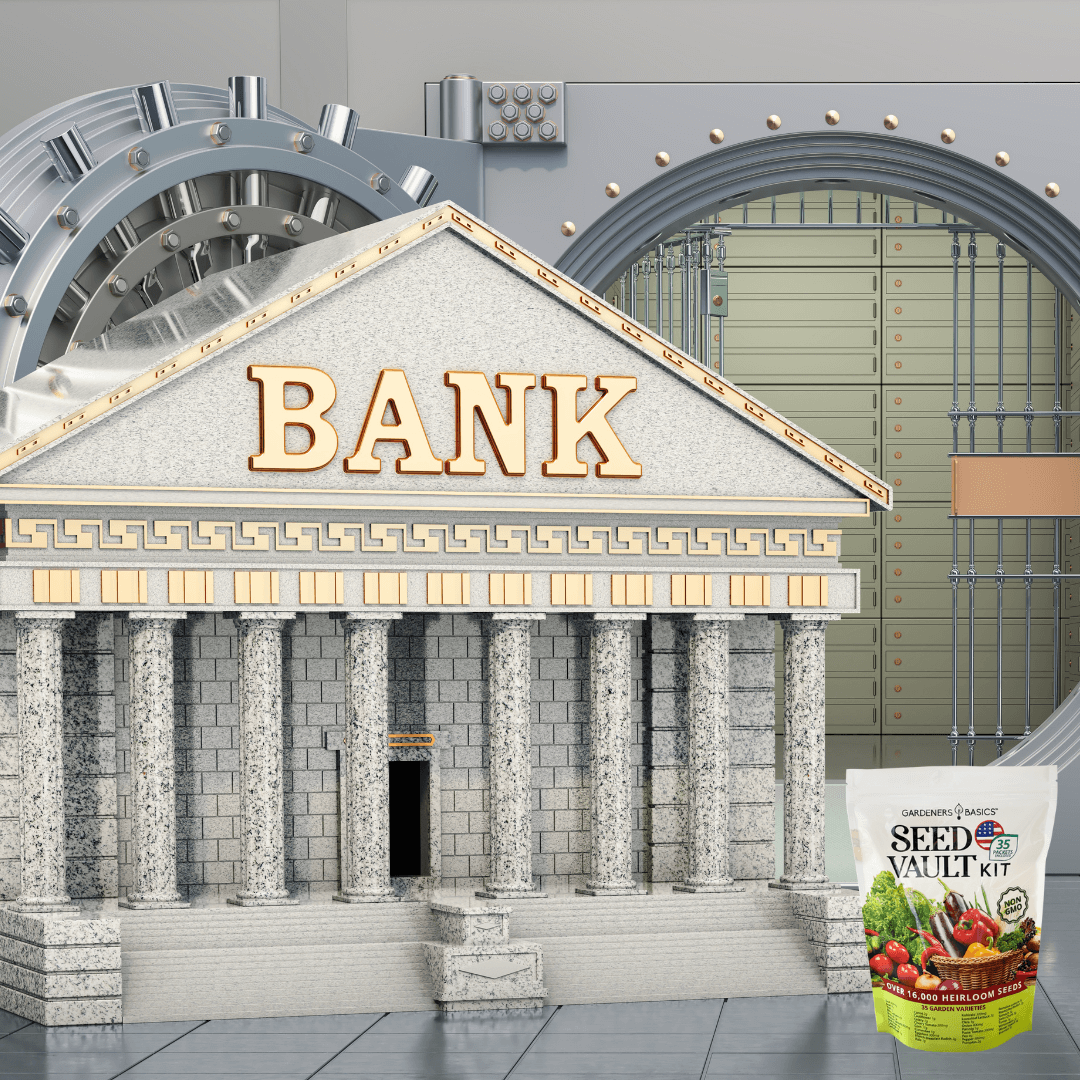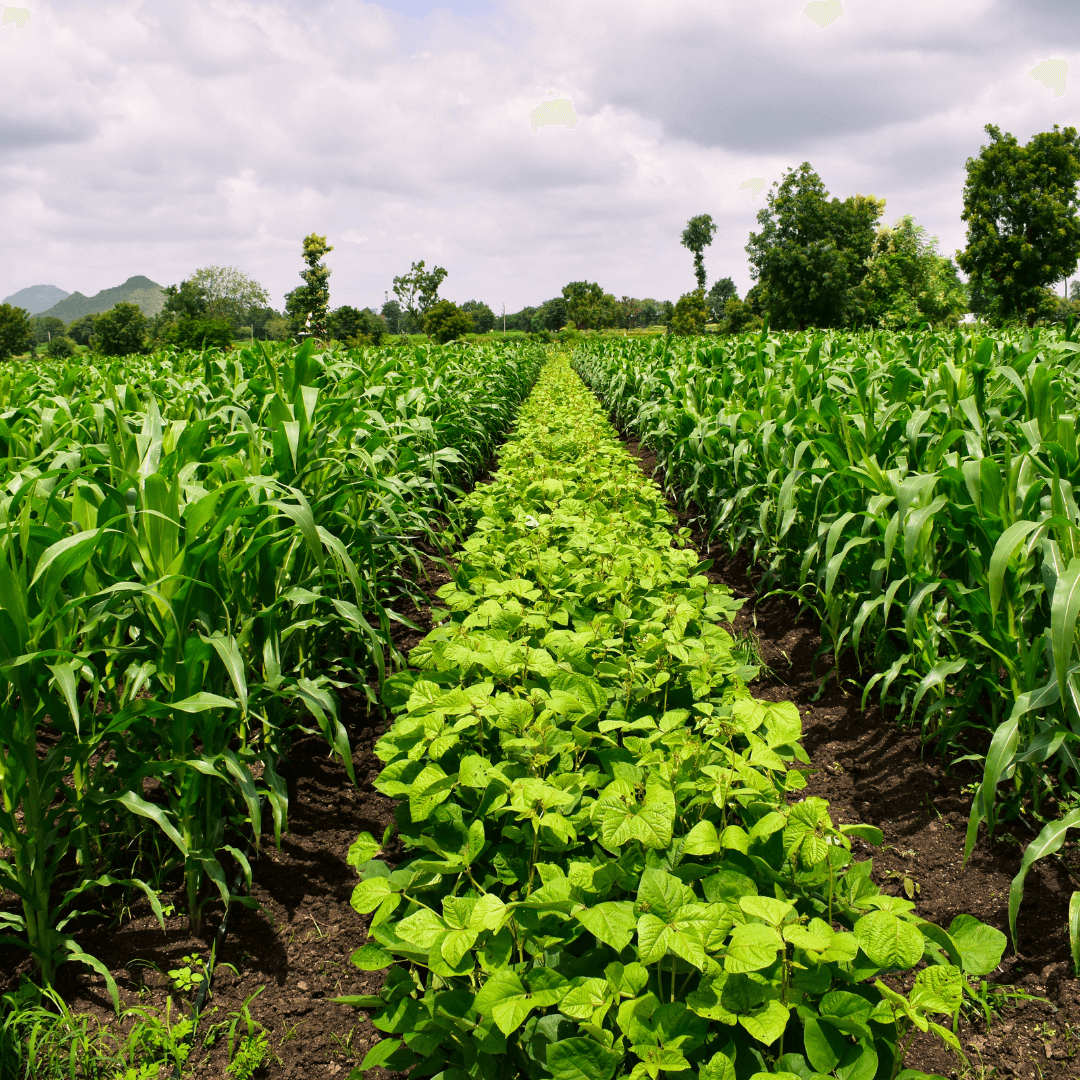Hi there! I'm a passionate gardener, and I've been growing my own fruits, vegetables, and herbs for years. I understand that starting a garden can feel overwhelming, especially with so much information out there. But don't worry – I'm here to help you with a step-by-step guide to creating your dream garden. We often get asked how should someone go about starting a garden. You have the heirloom seeds, now what? In this in-depth article, we'll cover everything you need to know, from garden design and planting beds to the tools and supplies you'll need. Let's get started learning, "What do I need to start a garden?"
1. Planning Your Garden
A. Garden Design
Before you dive into planting, it's essential to plan your garden design. Consider the following factors:
- Size: Determine the size of your home garden based on available space and how much time you can dedicate to it.
- Layout: Decide whether you want to grow your plants in rows, raised beds, hydroponics, or pots. Each style has its pros and cons, so choose one that fits your preferences and space constraints.
- Plant Selection: Make a list of the vegetables, fruits, and herbs you want to grow. Think about the growing season, frost dates, and plantings time for each plant. Consult with your local garden center for advice on suitable plants for your area.
- Growing Zones: Research the different growing zones and find out which one you're in. This will help you choose plants that will thrive in your specific climate.
- Companion Plants: Some plants grow better together, while others can hinder each other's growth. Learn about companion plants to optimize your garden's productivity.
Vegetable Seed Vault Kit | 35 Variety Pack
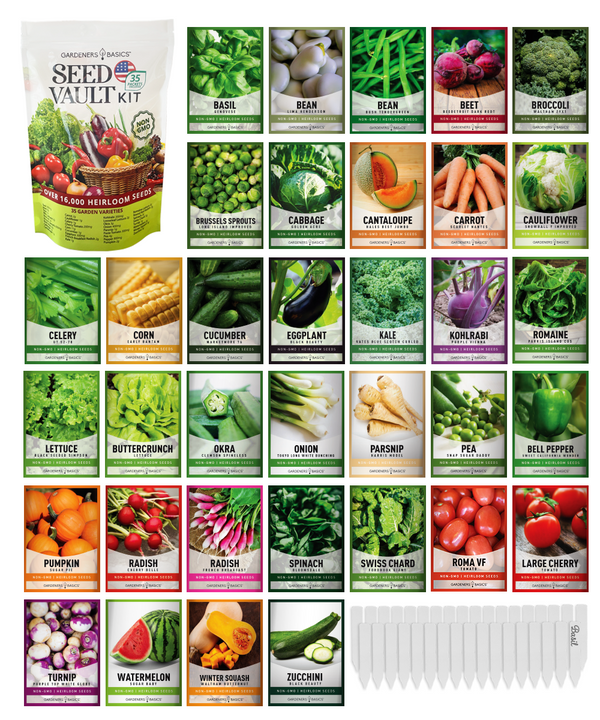
$29.95
$49.95
Ultimate Survival Seed Vault: 16,000+ Non-GMO Heirloom Vegetable Seeds for Emergency Preparedness Introducing the Seed Vault Kit, your all-in-one solution for emergency preparedness and sustainable gardening. This premium seed kit contains over 16,000 non-GMO, Heirloom, Non-Hybrid, and Open Pollinated seeds,… read more
B. Garden Plans
To create a successful garden, you'll need to consider the following:
- Sunlight: Most plants require full sun, which means at least six hours of direct sunlight per day. Observe your garden area throughout the day and choose a location that meets this requirement.
- Soil: Perform soil testing to determine the quality of your garden soil. Amend it with organic material like compost or well-rotted manure to improve its structure and nutrient content.
- Water: Ensure your garden has access to a reliable water source. Watering your plants consistently is crucial for a healthy garden.
2. Preparing the Garden Space
A. Planting Beds
There are several types of planting beds to choose from:
- In-ground beds: Traditional beds dug directly into the ground. Amend the soil with organic material for better fertility.
- Raised beds: Wooden or stone frames filled with soil. They offer better drainage, soil control, and accessibility.
- Containers: Pots and planters are perfect for small spaces, balconies, or patios.
Choose the type of planting bed that best suits your needs and space.
B. Soil Preparation
A healthy garden starts with healthy soil. Take these steps to prepare your garden soil:
- Remove any debris, rocks, or weeds from the area.
- Loosen the soil using a garden fork or tiller.
- Amend the soil with organic material like compost, worm castings, or well-rotted manure.
- Test your soil's pH and nutrient levels. Adjust accordingly with lime, sulfur, or organic fertilizers.
3. Choosing and Planting Your Seeds
A. Heirloom Seeds vs. Hybrid Seeds
When buying seeds, you'll come across heirloom and hybrid varieties. Heirloom seeds come from open-pollinated plants, while hybrids are produced by crossbreeding two different plants. Heirloom seeds often have better flavor and can be saved for future planting, while hybrids may offer higher yields and disease resistance. Our store here at Gardeners Basics only sells heirloom seeds. We believe heirloom seeds to be the gold standard for fruit and vegetable production and to be able to provide seeds for your family for generations and are great survival gardens.
B. Seed Germination Setup
To start your seeds indoors, create a seed germination setup:
- Fill seed trays or small pots with a seed-starting mix.
- Place seeds at the appropriate depth and spacing, as indicated on seed packets.
- Cover seeds with a thin layer of soil or vermiculite.
- Water gently to avoid dislodging seeds.
- Place the trays in a warm location or on a heat mat to maintain a consistent temperature.
- Use grow lights to provide adequate light, especially if natural sunlight is limited.
C. Hardening Off
Before transplanting seedlings outdoors, they need to be hardened off. This process helps them acclimate to outdoor conditions and reduces transplant shock.
- Begin hardening off your seedlings about two weeks before your planned planting date.
- Place seedlings outdoors in a sheltered, shaded spot for a few hours each day, gradually increasing the time spent outside.
- Over a week or two, gradually expose seedlings to direct sunlight and outdoor temperatures.
- Monitor the seedlings closely to ensure they don't become too stressed during this process.
Popular Herb Seeds for Planting | 35 Variety Pack
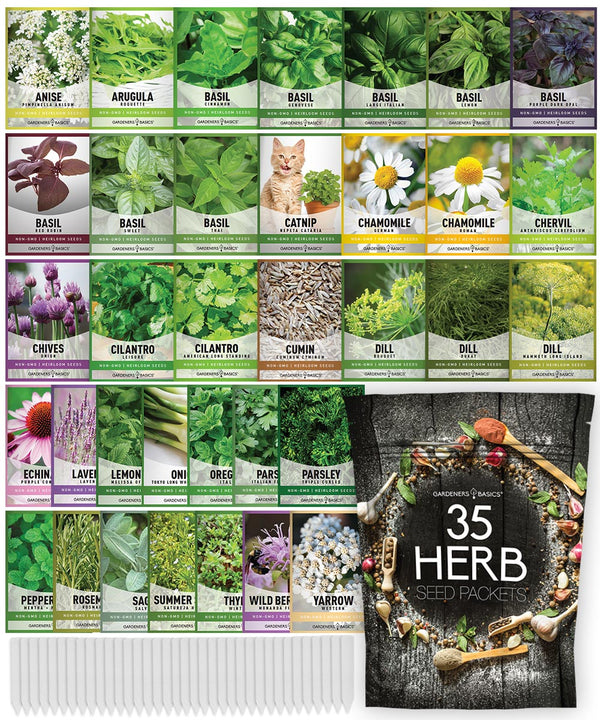
$29.95
$49.95
Heirloom, non-GMO herb seeds for indoor and outdoor home gardens! Introducing our 35 Herb Seeds Variety Pack, the ultimate selection for any herb garden enthusiast! This premium assortment includes heirloom herb seeds that are non-hybrid, open-pollinated, and non-GMO, ensuring you get only… read more
4. Planting Your Garden
Once your seedlings are hardened off, it's time to plant your garden.
A. Plant Spacing
Follow the guidelines on seed packets or plant tags for proper spacing between plants. This ensures each plant has enough room to grow and reduces competition for nutrients, water, and sunlight.
B. Planting Technique
When transplanting seedlings, handle them gently to avoid damaging their delicate plant roots. Dig a hole slightly larger than the root ball, place the seedling in the hole, and cover with soil. Firm the soil gently around the plant and water thoroughly.
C. Tall Plants and Support Structures
When planting tall plants like tomatoes or pole beans, consider using support structures like cages, stakes, or trellises. This provides stability and allows the plants to grow upwards, saving space in your garden.
5. Maintaining Your Garden
A. Watering
Consistent watering is essential for a thriving garden. Most plants need about one inch of water per week, either from rainfall or irrigation. Water your garden in the morning or evening to minimize evaporation.
B. Fertilizing
Feed your plants with organic fertilizers or compost to maintain healthy growth. Follow the manufacturer's recommendations for application rates and frequencies.
C. Pest and Disease Control
Monitor your garden for pests and diseases. Use organic or chemical controls as needed, but always follow the label instructions and practice integrated pest management (IPM) strategies.
D. Weeding
Keep your garden free from weeds to minimize competition for nutrients, water, and sunlight. Hand-pull weeds or use a hoe to keep them under control. Adding a layer of mulch around your plants can also help suppress weed growth.
E. Pruning and Training
Prune and train your plants to encourage healthy growth, improve airflow, and increase fruit production. For example, remove suckers from tomato plants, and pinch back herbs to encourage bushier growth.
6. Harvesting Your Produce
A. Timing
Harvest your fruits, vegetables, and herbs when they reach their peak ripeness. This ensures the best flavor and nutritional content. Regular harvesting can also encourage more production from your plants.
B. Techniques
Use clean, sharp tools like pruners or scissors to harvest your produce. Take care not to damage the plant, and harvest during the cooler parts of the day to maintain freshness.
C. Storing and Preserving
Properly store and preserve your harvest to enjoy it throughout the year. Some vegetables can be stored fresh, while others can be canned, frozen, or dried. Research the best storage methods for each type of produce to ensure they maintain their quality and nutritional value.
7. Expanding Your Garden: Growing Perennials and Adding Ornamentals
A. Perennial Vegetables and Fruits
Consider adding perennial vegetables and fruits to your garden for a more diverse and low-maintenance harvest. Perennials come back year after year, reducing the need for replanting. Examples include asparagus, rhubarb, artichokes, and various berry bushes.
B. Ornamental Plants
Incorporate ornamental plants into your garden design to create an aesthetically pleasing and functional space. Many ornamental plants, like marigolds or nasturtiums, can also act as natural pest repellents or beneficial insect attractors.
8. Enhancing Your Garden: Advanced Techniques and Tips
A. Succession Planting
Maximize your garden's productivity by planting crops in succession. As soon as one crop is harvested, plant another in its place to make the most of your garden space throughout the growing season.
B. Crop Rotation
Rotate your crops each year to prevent the build-up of pests and diseases in the soil. This practice can also help maintain soil fertility by growing different types of plants with varying nutrient needs.
C. Vertical Gardening
Utilize vertical space in your garden by growing climbing plants on trellises, fences, or other supports. This technique can help save space and increase your garden's overall productivity.
D. Greenhouse or Cold Frame
Extend your growing season by using a greenhouse or cold frame to protect your plants from frost and cold temperatures. This allows you to start seeds earlier in the season and grow tender plants that may not otherwise thrive in your climate.
Wildflower, Perennial, & Annual Flower Seed Kit | 35 Variety Pack
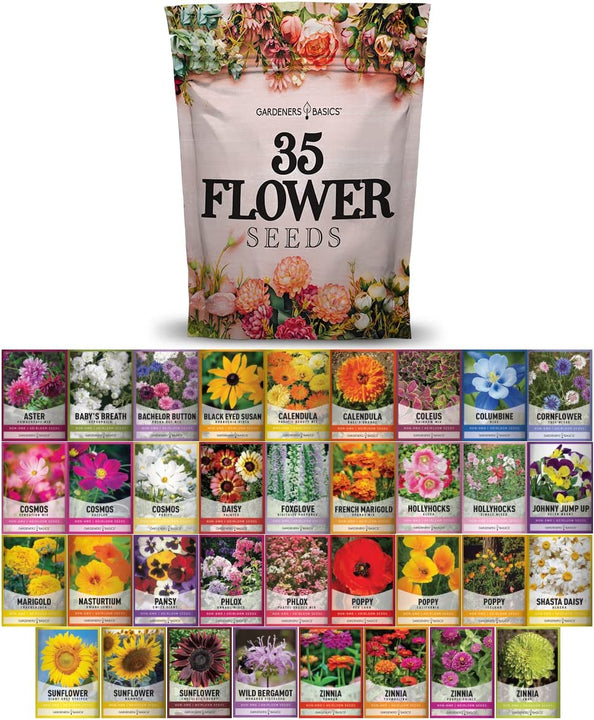
$29.95
$49.95
35 Flower Seeds Variety Pack – Heirloom, Non-Hybrid, Non-GMO, Open-Pollinated – Perfect for Pollinator-Friendly Gardens Transform your garden with our 35 Flower Seeds Variety Pack, offering a stunning and diverse selection of heirloom, non-hybrid, and non-GMO seeds. Each variety in… read more
9. Tools Needed
To maintain and care for your garden, you'll need a few essential tools:
- Hand trowel
- Garden fork
- Garden gloves
- Pruners
- Watering can or hose
- Wheelbarrow
- Garden rake
- Weeder
- Garden hoe
- Garden spade
- Soil thermometer
- Plant markers
10. Embracing Sustainability in Your Garden
A. Composting
Create your compost pile or bin to recycle kitchen scraps and yard waste into valuable, nutrient-rich compost for your garden. Composting reduces waste and provides a natural fertilizer for your plants.
B. Rainwater Collection
Collect rainwater in barrels or other containers to use for watering your garden. This practice conserves water and reduces your reliance on municipal water sources.
C. Organic Gardening
Choose organic gardening methods whenever possible to minimize the use of synthetic chemicals and promote a healthy, sustainable garden ecosystem.
 Frequently Asked Questions - What Do I Need to Start a Garden
Frequently Asked Questions - What Do I Need to Start a Garden
Q: When is the best time to plant a vegetable garden?
A: The best time to plant a vegetable garden varies depending on your location and climate. Generally, you should plant in the spring after the last frost date and in the fall before the first frost date. Check with your local garden center or extension office for specific planting times in your area.
Q: Do I need to test my garden soil?
A: Testing your garden soil can provide valuable information about its nutrient content and pH level. This can help you determine if you need to amend your soil to improve plant growth. Contact your local garden center or extension office for information on soil testing in your area.
Q: How often should I water my garden?
A: Most plants need about one inch of water per week, either from rainfall or irrigation. Water your garden deeply once or twice a week, rather than frequent light watering. Water in the morning or evening to reduce evaporation.
Q: What are companion plants?
A: Companion plants are plants that grow well together and can benefit each other in various ways. For example, some plants can repel pests or attract beneficial insects. Consult with your local garden center or do some research to find suitable companion plants for your garden.
Q: What is the difference between heirloom and hybrid seeds?
A: Heirloom seeds come from open-pollinated plants and produce plants with similar characteristics to their parent plants. They often have better flavor and can be saved for future planting. Hybrid seeds are produced by crossbreeding two different plants and can offer higher yields and disease resistance.
Q: Do I need to use synthetic chemicals in my garden?
A: No, you do not need to use synthetic chemicals in your garden. Organic gardening methods, such as composting, crop rotation, and natural pest control, can help promote a healthy, sustainable garden ecosystem without the use of synthetic chemicals.
Q: What is composting?
A: Composting is the process of breaking down organic matter, such as kitchen scraps and yard waste, into nutrient-rich compost for your garden. Composting is an excellent way to reduce waste and provide a natural fertilizer for your plants.
Q: Can I grow a garden in a small space?
A: Yes, you can grow a garden in a small space using containers or vertical gardening techniques. Many vegetables and herbs can also be grown in raised beds, which offer better soil control and accessibility.
Q: How can I extend my growing season?
A: You can extend your growing season by using a greenhouse or cold frame to protect your plants from frost and cold temperatures. This allows you to start seeds earlier in the season and grow tender plants that may not otherwise thrive in your climate.
Q: How do I know when to harvest my produce?
A: Harvest your fruits, vegetables, and herbs when they reach their peak ripeness. This ensures the best flavor and nutritional content. Consult with seed packets or do some research to find the ideal harvest time for each type of produce.
Q: What is crop rotation?
A: Crop rotation is the practice of growing different types of plants in different areas of your garden each year to prevent the build-up of pests and diseases in the soil. It can also help maintain soil fertility by growing plants with varying nutrient needs.
Seed Safe Survival Seed Kit - 35 Variety Pack
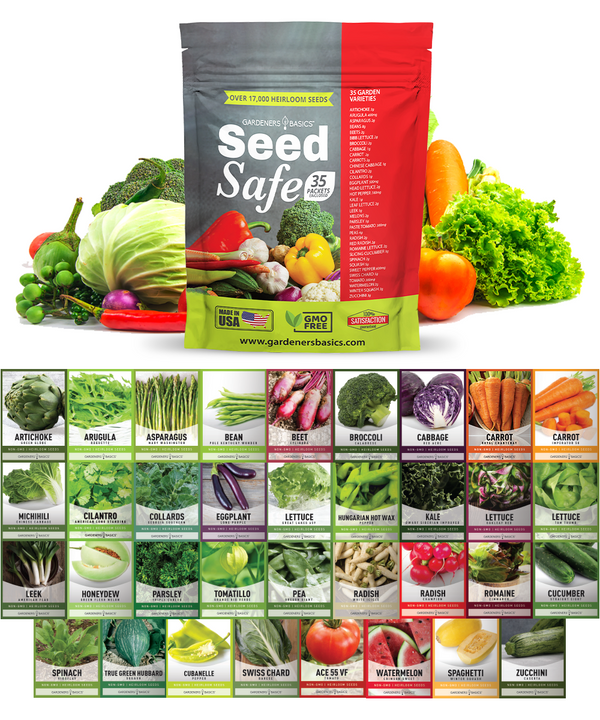
$29.95
$49.95
Seed Safe Survival Seed Kit: The Ultimate Heirloom Collection for Self-Sufficient Gardening Introducing the Seed Safe - 35 Varieties of Heirloom Vegetable, Herb, and Fruit Seeds, the ultimate solution for gardeners who want to secure a bountiful future harvest. This… read more
Conclusion
Starting a home garden can seem overwhelming, but with a little planning and preparation, anyone can create a thriving oasis of fresh produce, beautiful flowers, and functional herbs. Remember to choose the right plants for your growing zone and garden conditions, prepare your soil, and provide adequate care and maintenance. With dedication and hard work, you'll soon enjoy the rewards of your efforts, both in the beauty of your garden and the delicious bounty it provides.
So, go ahead, get started on your garden plans, and enjoy the benefits of growing your own produce. Whether you're a seasoned gardener or a newbie, you'll find that gardening can be a fulfilling and rewarding hobby that offers both physical and mental health benefits. Happy gardening!



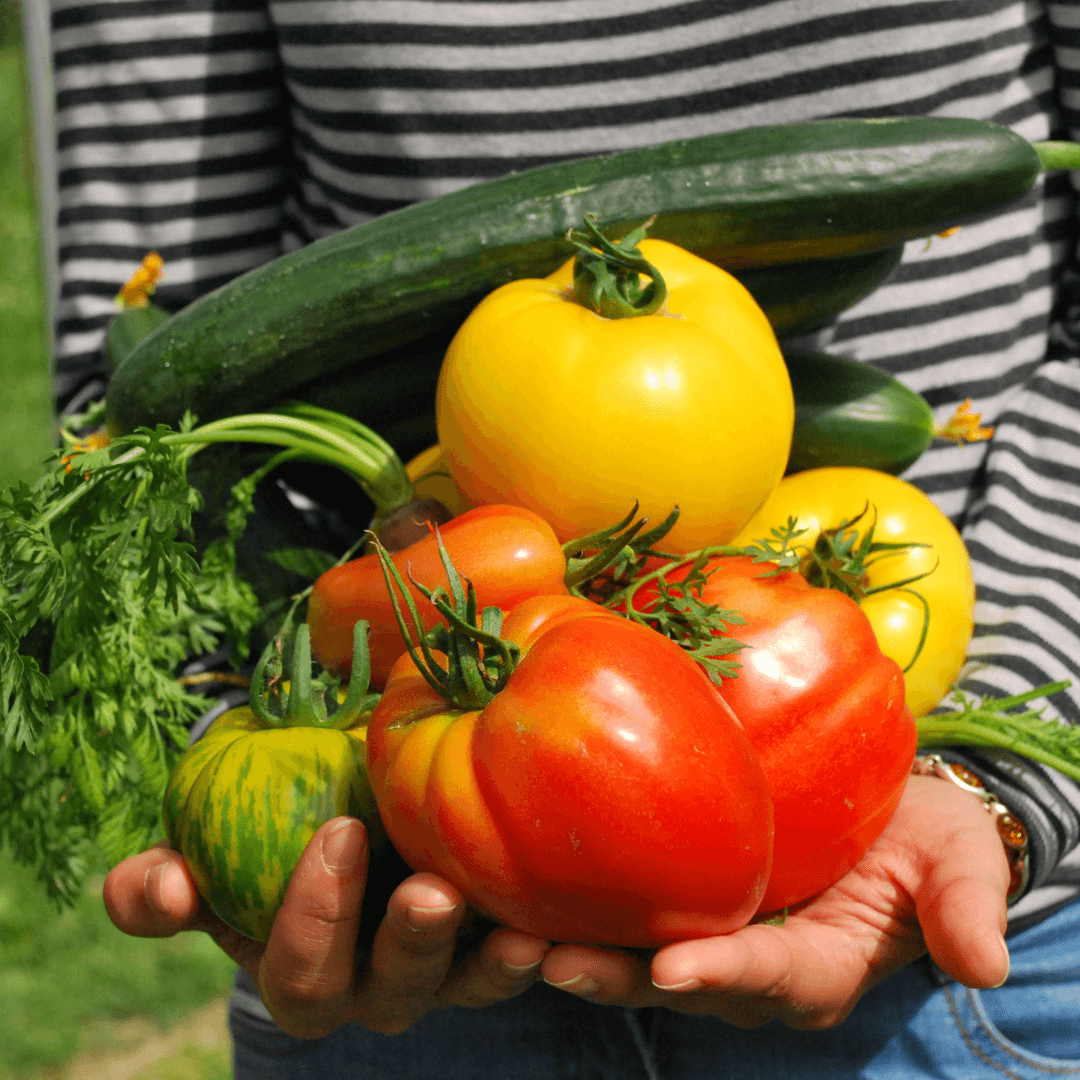

 Frequently Asked Questions - What Do I Need to Start a Garden
Frequently Asked Questions - What Do I Need to Start a Garden